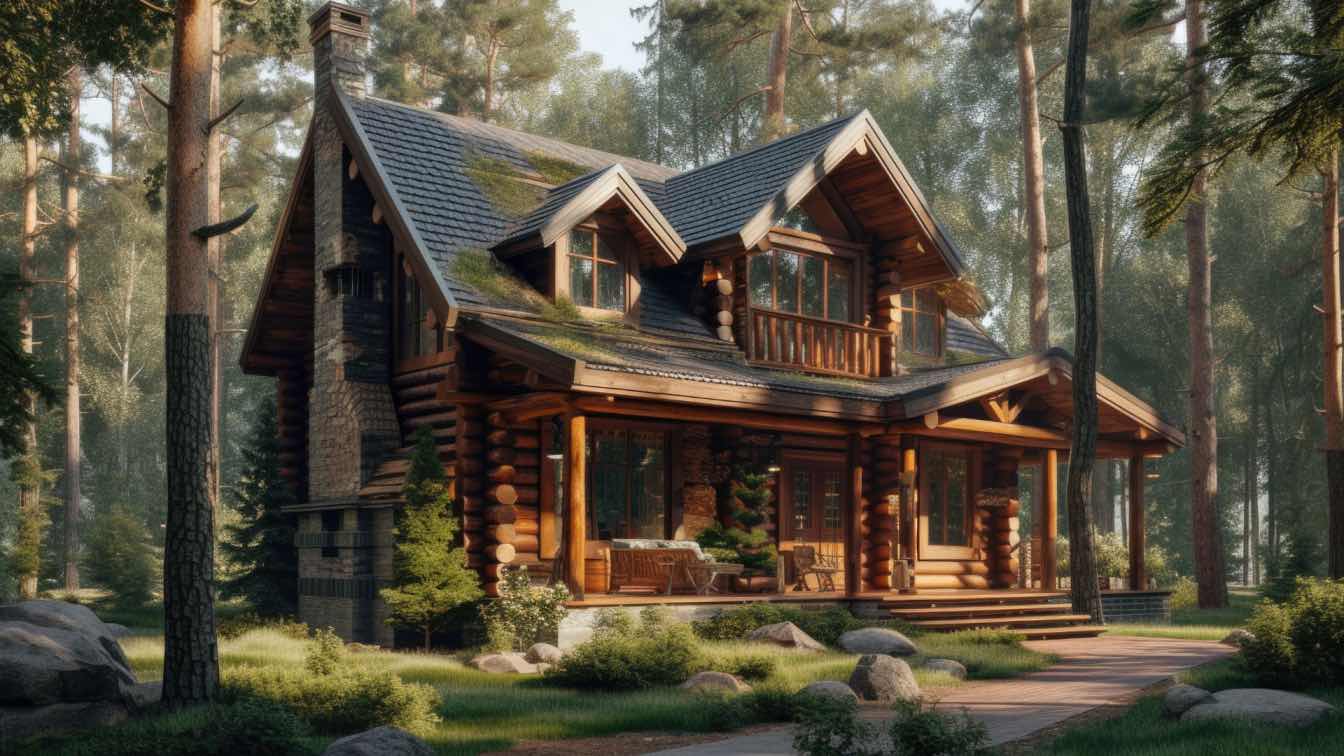Quality control (QC) is a critical component in the manufacturing of circuit boards, ensuring that products meet specified requirements and maintain high standards. This process is vital, given the integral role circuit boards play in modern electronics, from smartphones to complex industrial systems. With rigorous competition and the constant demand for innovation, effective quality control can significantly influence production efficiency and customer satisfaction.
Understanding the Quality Control Process
Quality control in circuit board manufacturing involves an extensive process that assures both the reliability and functionality of the end product. The initial step encompasses defining quality standards tailored to the specific needs of a project, which are crucial as they set the benchmark for the expected outcomes in the production line.
Following this, manufacturers typically deploy inspections and testing at multiple stages—from the reception of raw materials, through assembly, to the final product. Inspecting materials ensures that only components meeting quality specifications proceed to subsequent manufacturing phases. Alongside this, various testing methodologies are applied, including visual inspections, electrical tests, and functional assessments.
The Importance of Material Inspection
An integral phase of quality control lies in material inspection. As the foundation for any circuit board, the quality of the raw materials used dictates the performance of the final product. Manufacturers must scrutinize printed circuit board assemblies for defects such as scratches, cracks, or inconsistent materials, as these can compromise the integrity and performance of the circuitry. Proper inspection should cover all types of materials, including copper, solder, and dielectric substrates.
Understanding the properties and tolerances of these components can enable manufacturers to preemptively address potential issues that may arise during production. A robust material inspection process helps in fortifying the longevity and durability of the circuit boards. Employing advanced techniques such as X-ray inspection or automated optical inspection (AOI) can enhance traditional practices by offering a more detailed analysis at the material level.
Testing Methods Used in Circuit Board QC
The testing methods utilized in quality control are diverse, each tailored to specific aspects of the circuit boards. One of the more common techniques is in-circuit testing (ICT), which assesses the functionality of assembled circuits at the board level. ICT verifies that all components are correctly placed and soldered, while checking for shorts and opens that could hinder performance.
Another vital testing approach is functional testing, which examines the complete circuit board under actual operational conditions to ensure it meets performance specifications. This testing phase is critical for evaluating the board's operational reliability. Beyond these methods, manufacturers can leverage more cutting-edge technologies such as boundary scan testing or environmental stress screening to further enhance the reliability of their products.
Role of Documentation in Quality Control
Documentation plays a pivotal role in maintaining the integrity of quality control processes in circuit board manufacturing. Accurate records of inspections, tests, and corrective actions taken throughout the production process serve as an essential reference point for quality assurance teams. Effective documentation ensures compliance with various industry regulations and provides insight into recurring issues or trends that may necessitate process improvements.
A well-documented quality control process can help in effectively communicating with stakeholders, ensuring transparency regarding production standards. Training and guiding team members benefit from detailed documentation, helping them understand quality expectations and fostering a culture of quality awareness throughout the organization. Diligent documentation supports continuous improvement initiatives, leading to a more efficient manufacturing process overall.
Keeping Up with Industry Standards
Staying compliant with industry standards is fundamental to any manufacturing process, particularly in specialized fields like circuit board production. Manufacturers must adhere to standards such as IPC-A-610, which outlines acceptability criteria for electronic assemblies. Compliance with such standards ensures that the products are safe for use and functionally dependable.
Regular audits and reviews help manufacturers assess their conformity to these standards, presenting opportunities for improvement in their procedures and practices. Engaging with continuous professional development and industry groups can enhance a manufacturer's knowledge base and keep their practices current. By aligning with recognized standards, manufacturers can bolster their credibility and attract more clients, all while ensuring the quality of their products meets or exceeds market expectations. This compliance strategy fosters a culture of quality improvement that yields long-term benefits.
Challenges in Maintaining Quality Control
Despite the importance of quality control in circuit board manufacturing, several challenges arise during its implementation. One significant hurdle is the integration of advanced technologies into existing processes, which can require substantial investment and training. Balancing automation with human oversight is another critical aspect; while automated solutions improve accuracy, they cannot completely replace the experience and nuance a skilled technician brings to the operational process.
Supply chain fluctuations may lead to variations in raw material quality, complicating the consistency of the final product. To overcome these challenges, manufacturers must remain agile, adapting to technological advancements while investing in workforce education to enhance overall team competency. By addressing these obstacles head-on, manufacturers can achieve a level of reliability and precision that meets modern demands.
Effective documentation supports consistent quality practices and helps manufacturers remain compliant with industry regulations. Despite challenges, such as technological integration and supply chain variability, a forward-looking approach can foster innovation and continuous improvement. Businesses that prioritize quality control create superior products that satisfy customer demands and drive industry standards forward.





